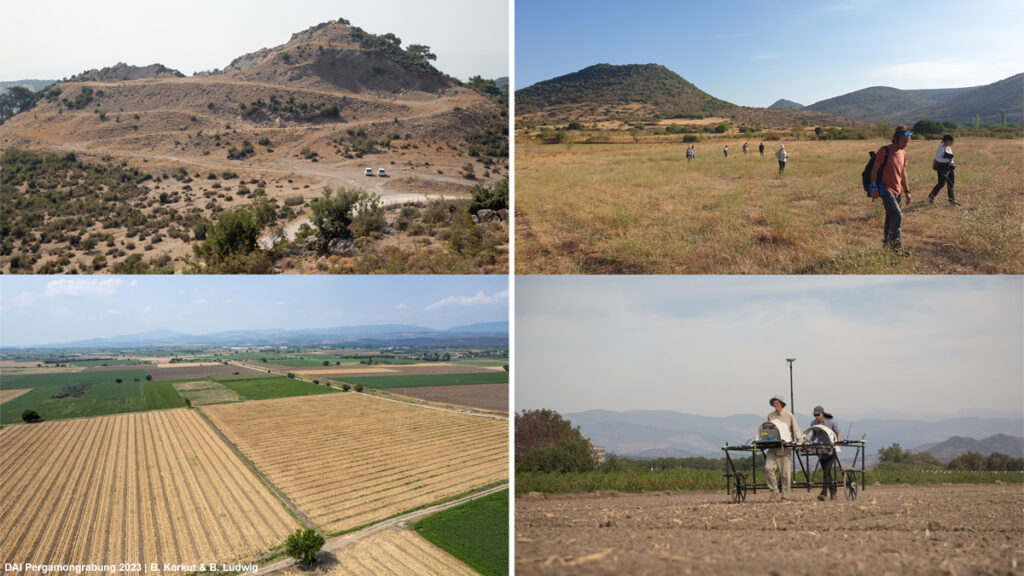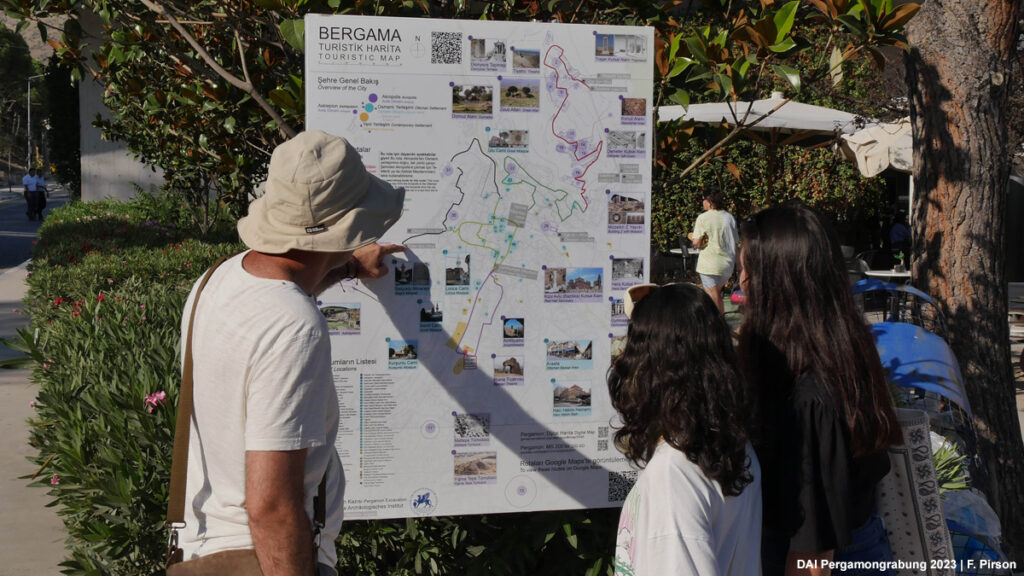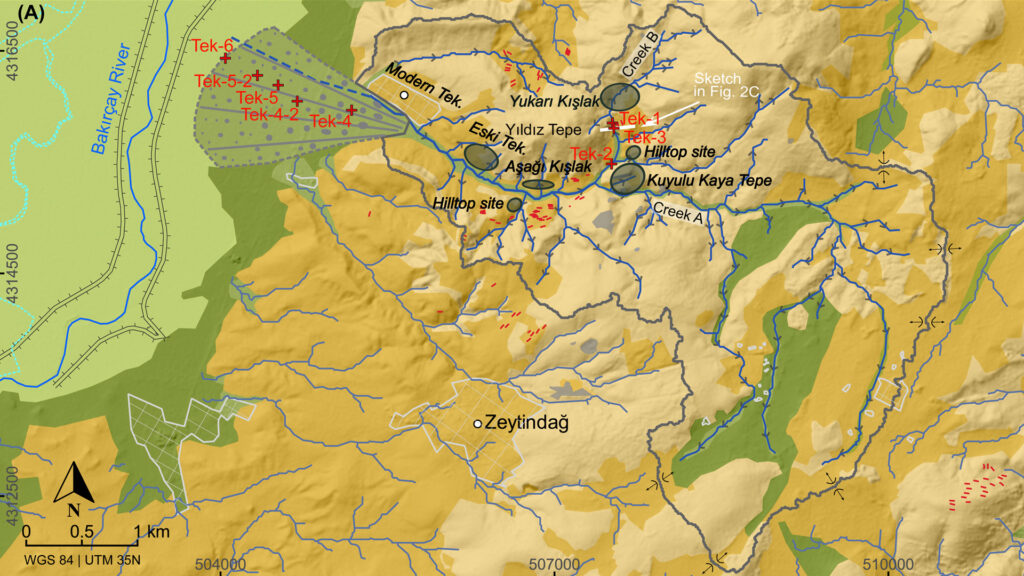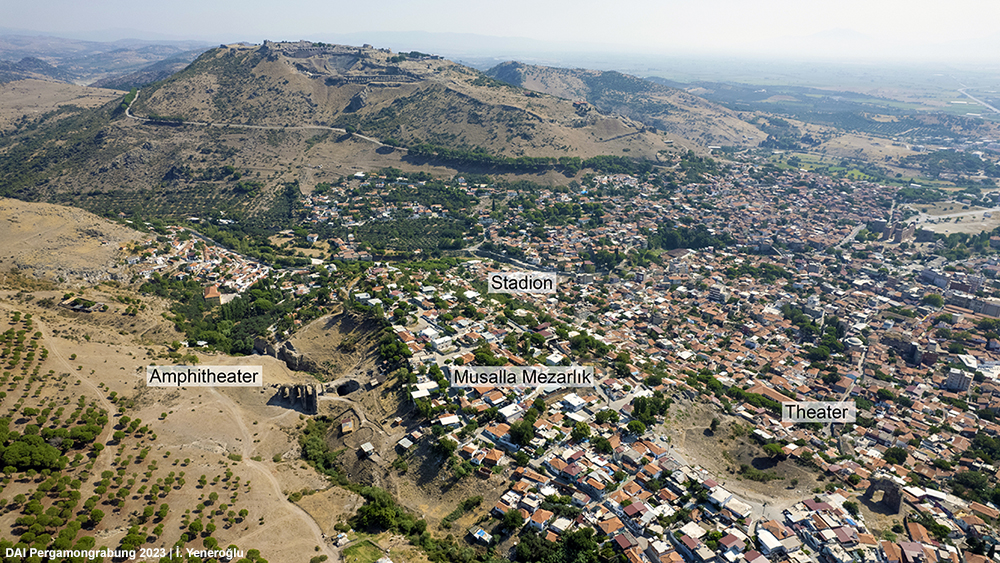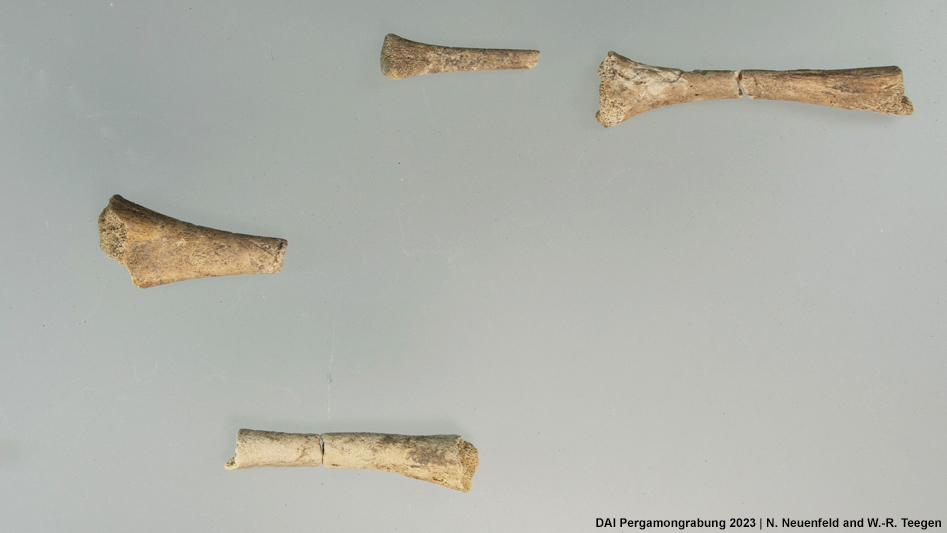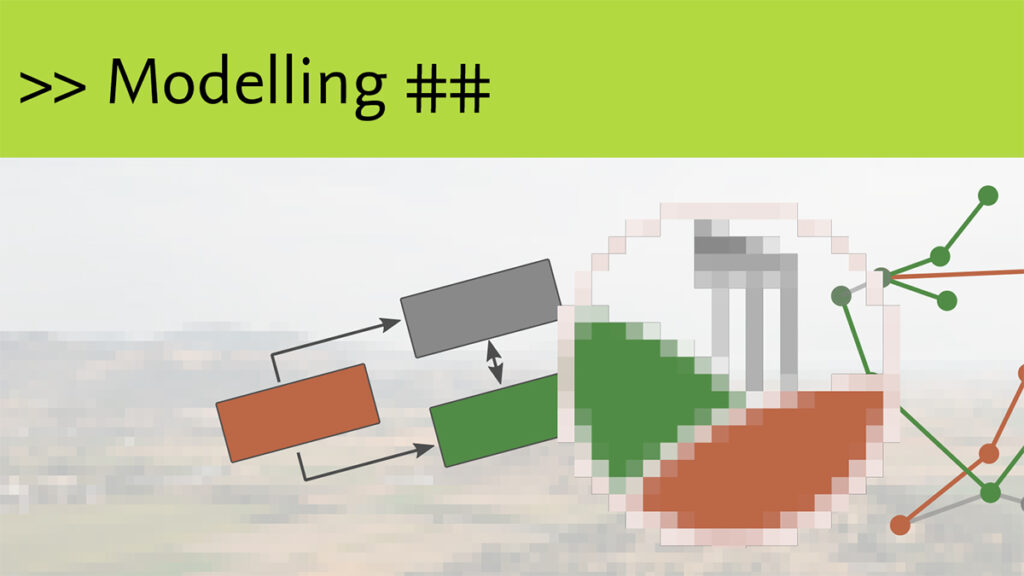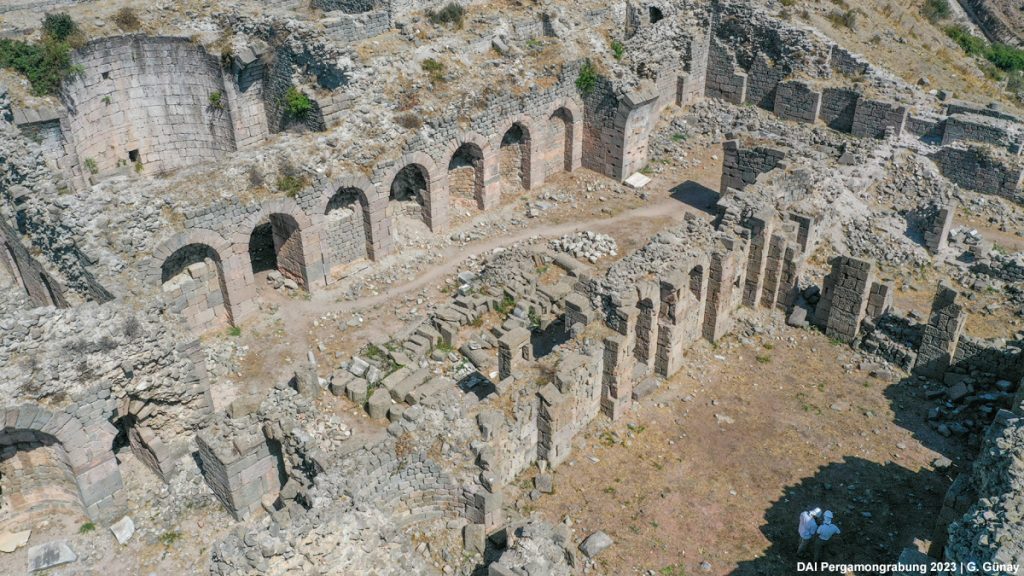The Theater in the lower city of Pergamon was part of a group of large buildings erected during the Roman Imperial period. It was partly excavated in the mid-20th century, but a complete study of its architecture was still pending. Recently, a Turkish-German team conducted systematic investigations, resulting in new insights into the building’s construction phases. Moreover, the research revealed that it is the largest ancient theater in Asia Minor, reflecting the competition between the cities of Ephesus, Smyrna and Pergamon. Its ground plan has been integrated into the Pergamon Digital Map, which will soon be released in version 1.2.
